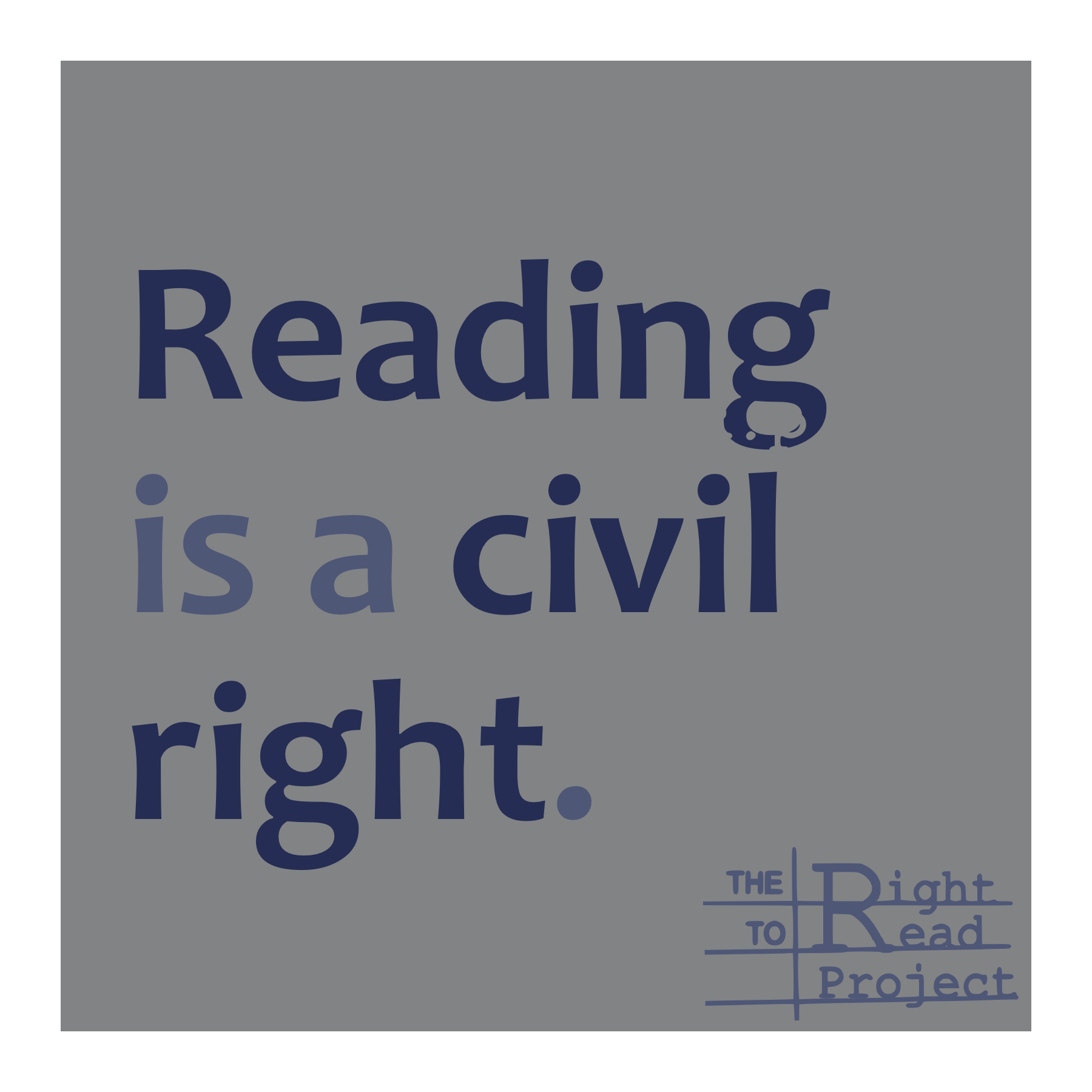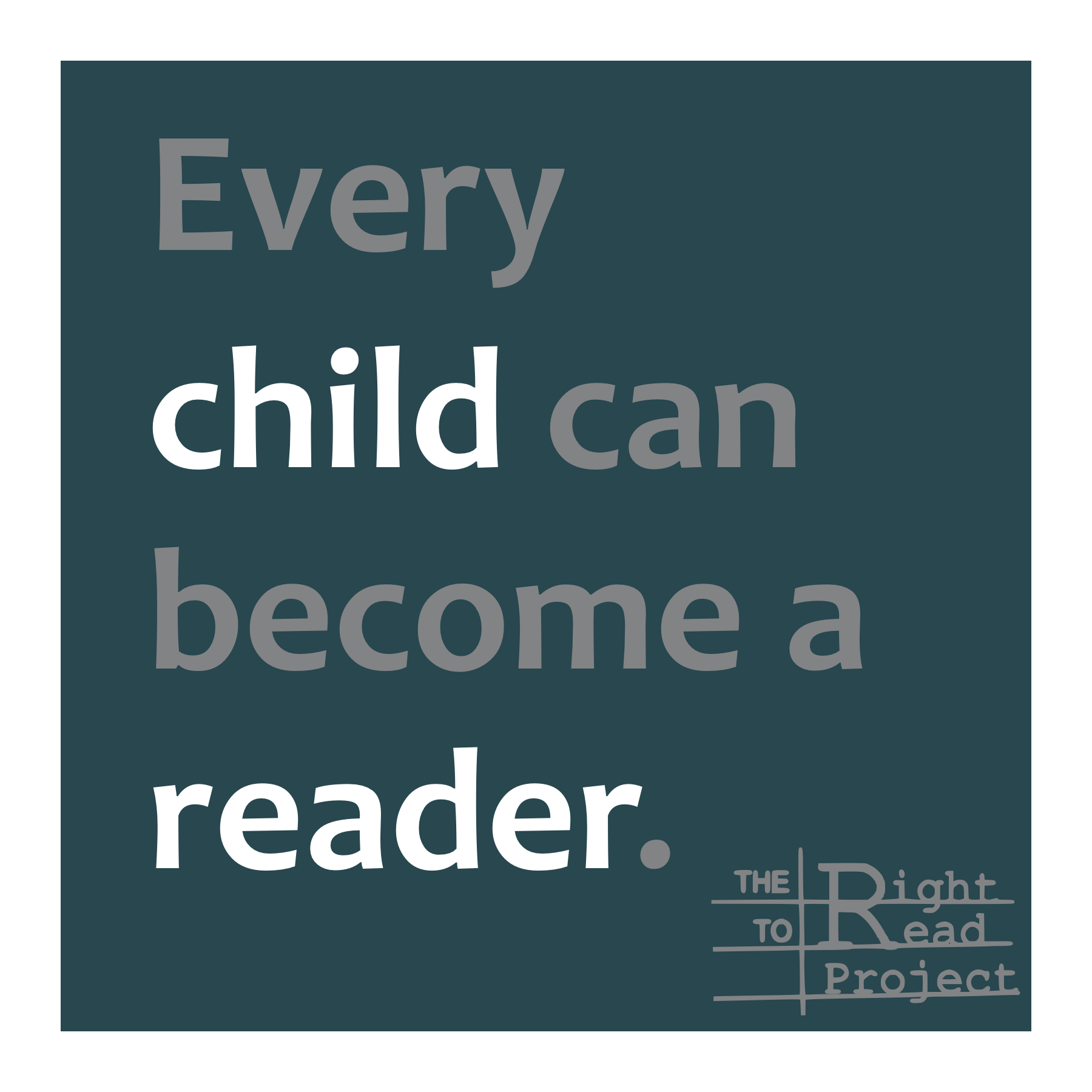Most primary-grade teachers teach phonics because we know it supports our students’ reading and spelling. And many of us also believe that if we incorporate phonics into our instruction, we are by definition not whole-language teachers; we are “balanced literacy” teachers. But whole-language beliefs are so pervasive and so entrenched in education that they continue to serve as the basis for a majority of instructional materials and professional development offerings. As a result, many of us have unknowingly created whole-language classrooms with “word study” added in the name of “balance.”
Here’s a quick self-check:
Of course, these lists are not exhaustive, but understanding the foundational beliefs of whole-language can help us to see its impact on our classrooms, professional development, message boards, etc.
Reading is not a natural process.
One founding belief of whole-language is that reading is a natural process so, if students are exposed to good literature and develop a love of reading, they will learn to read. This belief has been disproven by reading research and by the number of students across our country who are not strong readers, both of which tell us that exposure and the desire to read is not enough. Reading researchers estimate that just 5% of students learn to read relatively effortlessly.
Most students require instruction to learn to read.
The belief that students will learn to read by reading often results in decisions that minimize time spent on direct instruction and maximize time devoted to independent reading, even in the primary grades. It may also result in neglecting instruction, such as grammar, that is essential for the success of students who speak a language or dialect other than Standard American English. Instead of providing instruction on the structure of written English, whole-language materials focus on reading behaviors, asking beginning readers to emulate skilled readers. But researchers estimate that just 35% of students learn to read with such broad instruction. Reading behaviors will not turn into actual reading until a child has unlocked the written code.
Cueing is not reading.
Another belief central to whole-language is that “Skill in reading involves not greater precision, but more accurate first guesses based on better sampling techniques, greater control over language structure, broadened experiences and increased conceptual development. As the child develops reading skill and speed, he uses increasingly fewer graphic cues.” [Goodman, 1967] Whole-language rests on the belief that good readers skim and scan the page, using phonics only when absolutely necessary. As a result, classroom materials rooted in whole-language ask us to teach students to use context, meaning, and even pictures instead of decoding printed words. The catch is, it’s called decoding because English is actually a code- 26 letters representing 44 speech sounds- and good readers have cracked that code. Struggling readers exhibit “reading behaviors” rather than actually reading; they skip words and use context and meaning to guess words on the page. We may not mean to teach the habits of struggling readers to our young ones, but when we use materials and strategies grounded in whole-language pedagogy, we do just that. For the 40-65% of students who require explicit, systematic instruction in order to learn to read, time spent on whole-language strategies reduces the likelihood that they will ever become skilled readers.
High-quality instruction teaches all children to read.
In order to teach all of our students to read, we need to be able to spot whole-language materials and to replace them with those grounded in current reading research. We can bring equity to reading instruction by using materials that:
- Do not describe learning to read as a natural process
- Do not perpetuate the myth that students will learn to read by reading or by emulating skilled readers
- Do not instruct us to have students guess words rather than sound them out
Our students deserve the most effective instruction possible and we deserve scientifically-aligned materials to help us deliver that instruction. Let’s purge our classrooms of whole-language materials and demand better from our districts and publishers.









Direct Instruction programs written by Zig Engelmann figured this out in the 70’s yet the reading wars continue. I hate that the pendulum has swung back to whole language.
Oh, boy, do I agree. Zig called it i=”academic child abuse.”
Sure systematic and scientific approach is needed to teach reading..teachers should be trained because if they know better for sure they will do better..